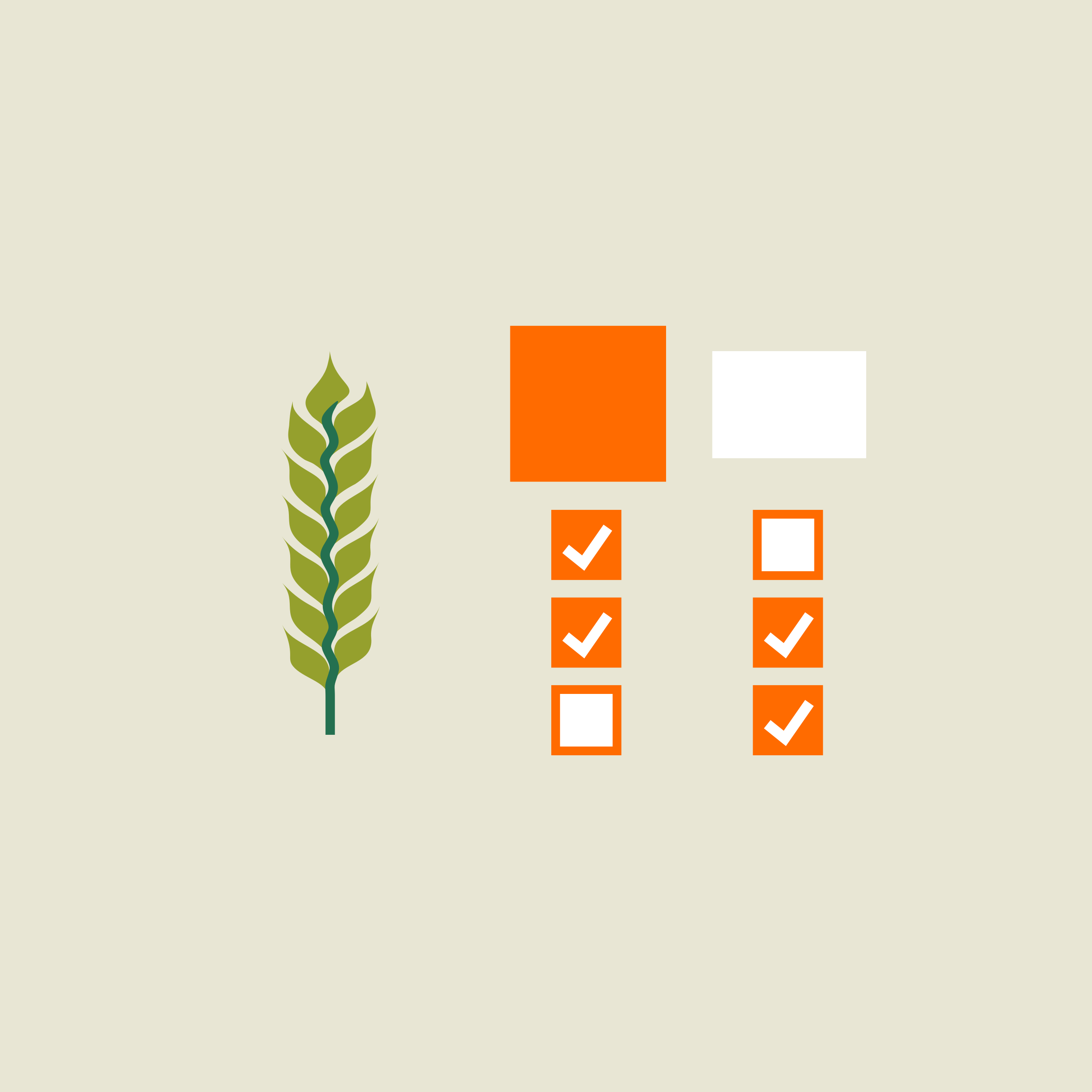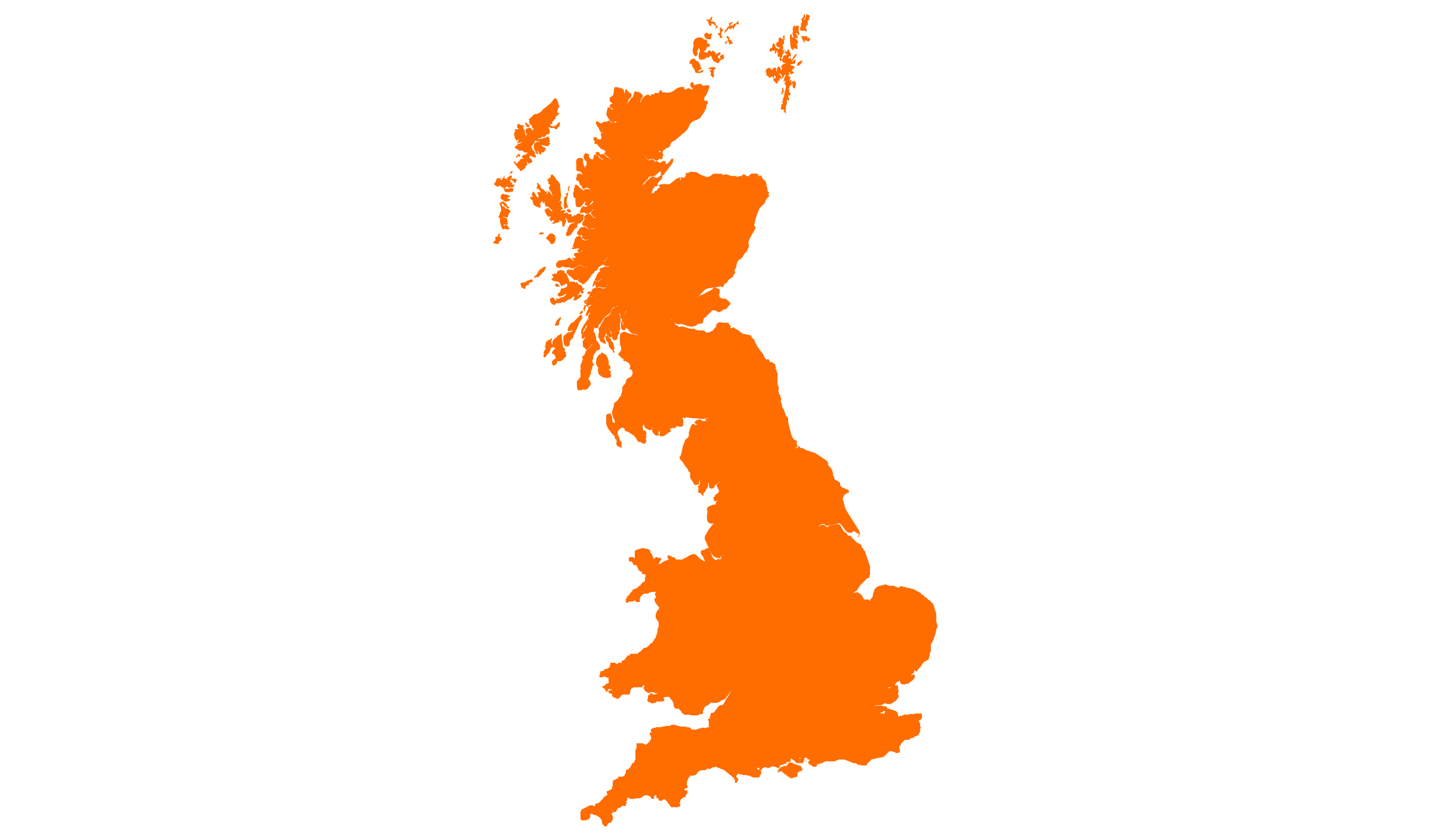How the varieties you choose will reduce your risks in the future
Choosing which wheat varieties to grow has been a relatively easy exercise for many growers in recent years, but lazy decisions could prove increasingly costly for some in the future, says Dr. Kirsty Richards of KWS UK.
“We all know growers who have stuck with the same variety for years, whilst for others it’s simply a matter of striking a balance between a good quality milling wheat and a reasonable feed option.
“Many still fall into these camps, but there’s a growing number of producers looking at the very different growing seasons experienced recently, remembering the autumn drilling chaos of the last two years and wondering about the future impact of climate change.
“Fluctuating market prices have also put a renewed emphasis on keeping the production cost-base in check with low carbon and more environmentally-focused approaches adding to the conclusion that tomorrow’s crops will be grown with a lot less inputs than today’s.
“The belief that we can deal with any problem as it arises is going to have to be replaced with thinking that minimises potential threats from the start of the growing cycle and underpins production from the very outset.”
With 80% of the possible outcome for a crop locked into the seed you sow, choosing the right varieties for an individual farming business is, therefore, going to be ‘mission critical’ to future success, she believes.
“The bottom line is varieties you choose will have a growing significance in whether you’ll end up with crops able to weather the storms or ones that become casualties of circumstances outside your control.”
Choosing the right varieties for an individual farming business is going to be ‘mission critical’ to future success
Focus on disease resistance
When it comes to wheat, prioritising disease resistance is a good starting point for a risk mitigation strategy but growers need to balance this with yield potential, says Kirsty Richards.
“The days when high levels of disease resistance meant sacrificing yield are a thing of the past.
“You’ve only got to look at the Group 2 variety KWS Extase to appreciate this. It’s the highest yielding premium wheat on the 2021/22 RL yet it’s got an 8 for Septoria resistance and achieves a 10t/ha plus untreated yield.
“At the other end of the scale, the Group 4 varieties KWS Cranium, added to the RL this year, and AHDB candidate-listed KWS Dawsum are classic barn-filling hard wheats combining excellent physical grain quality with high yields and really strong disease packages.
“KWS Dawsum has a 9 for yellow rust, an 8 for mildew and a 6.3 for Septoria, for example, whilst KWS Cranium has the best yield and yellow rust combination of all the Group 4 varieties currently listed.”
High levels of disease resistance not only give the opportunity to review fungicide spends in certain conditions, they also allow for greater flexibility with regard to spray timings, she adds.
“This is important when you’re dealing with narrower windows of opportunity for applications as a result of catchy conditions and can add a level of security to production which isn’t always obvious.
“Such varieties provide a level of in-built resilience which can play a vital role alongside other traits such as early vigour, good standing power and early maturity.
“Crops that establish well have a better chance of outcompeting weeds early in the season, stiffer-strawed varieties are much more tolerant of adverse conditions than others and earlier maturity means you should be harvesting in optimum conditions.
Stay flexible with drilling dates
Whilst the trend towards later drilling to help with weed control and avoid the worst effects of major disease threats continues, varietal flexibility when it comes to sowing can have a vital role to play in reducing production risks, she says.
“The last two autumn drilling seasons have shown us that varieties that are not too sensitive to drilling date are invaluable.
“The RL trials are now drilled mid-October, so the information contained in them is more relevant to later drilling than ten years ago when they were drilled in September.
“But whilst you can generally have confidence in the varieties for that October slot, if you are going to go later or are in a marginal area, you need to be looking at the varieties identified in the late-sown RL.”
KWS Extase’s exceptional early vigour and corresponding late-drilled performance has undoubtedly added to its popularity, but KWS Cranium takes this on a stage further, she adds.
“KWS Cranium actually has the best late-drilled performance in the 2021/22 RL producing a yield of 108% of controls compared to 106% for the next closest variety recommended for later drilling.
Balance your variety portfolio
Good as many of the new varieties are individually, it’s always a good idea to drill a portfolio of varieties to both spread risk and give you management options through the year.
“It’s a relatively new science, but using different varieties at strategic drilling times can have significant management advantages throughout the growing season.
“Managed properly, a well balanced portfolio can create wide spray windows through the year to spread workload at key timings, for example, or narrow them down for simpler, quicker management.
“Either way, you can ensure chemistry is applied at precisely the right time to get the best response and, depending on your rotations, you can create an early harvest, a more compact one or spread it out over the summer to reduce pressure on machinery.”
Using different varieties at strategic drilling times can have significant management advantages throughout the growing season
Keep your options open
One of the reasons the simple black and white decision of whether to grow milling or feed varieties is disappearing is the advent of high yielding premium varieties which gives growers a wider range of marketing opportunities, Kirsty Richards believes.
‘A ‘dynamic wheat’ such as the Group 1 KWS Zyatt can fill the role of an extremely high quality milling wheat if the market opportunity exists but its sheer yield potential means it’s a barn-filler in its own right if that proves to be the better option.
“It’s the same with KWS Extase. Although it’s a Group 2, there is an increasing number of millers interested in it as a full specification Group 1 wheat.
“Such varieties not only help growers take advantage of Group 4 style yields, they also give protection against supply and demand volatility for different qualities of wheat whilst providing niche opportunities for any local spot markets that may crop up.”
Your consultants










